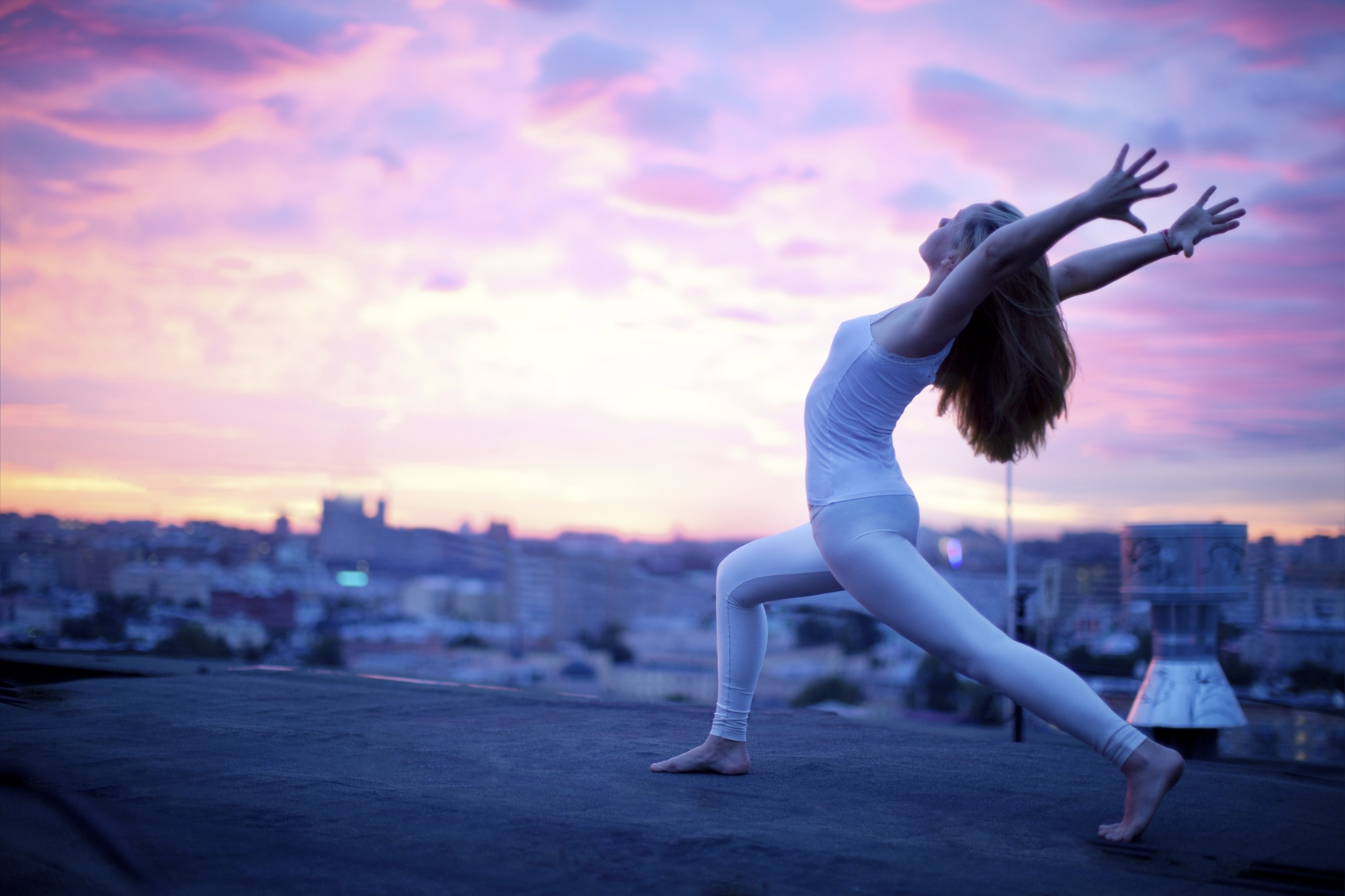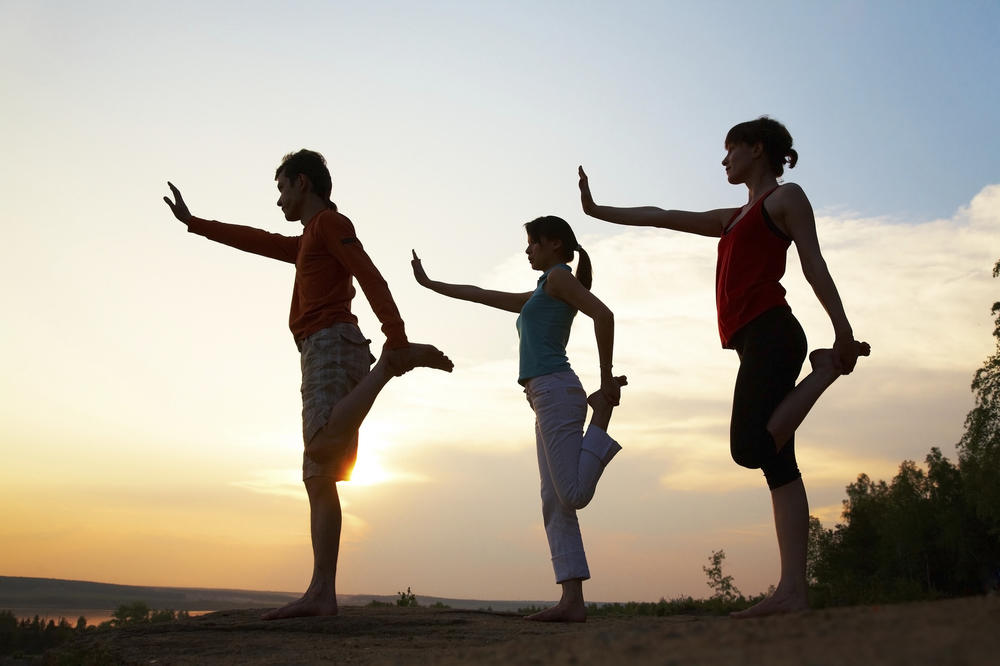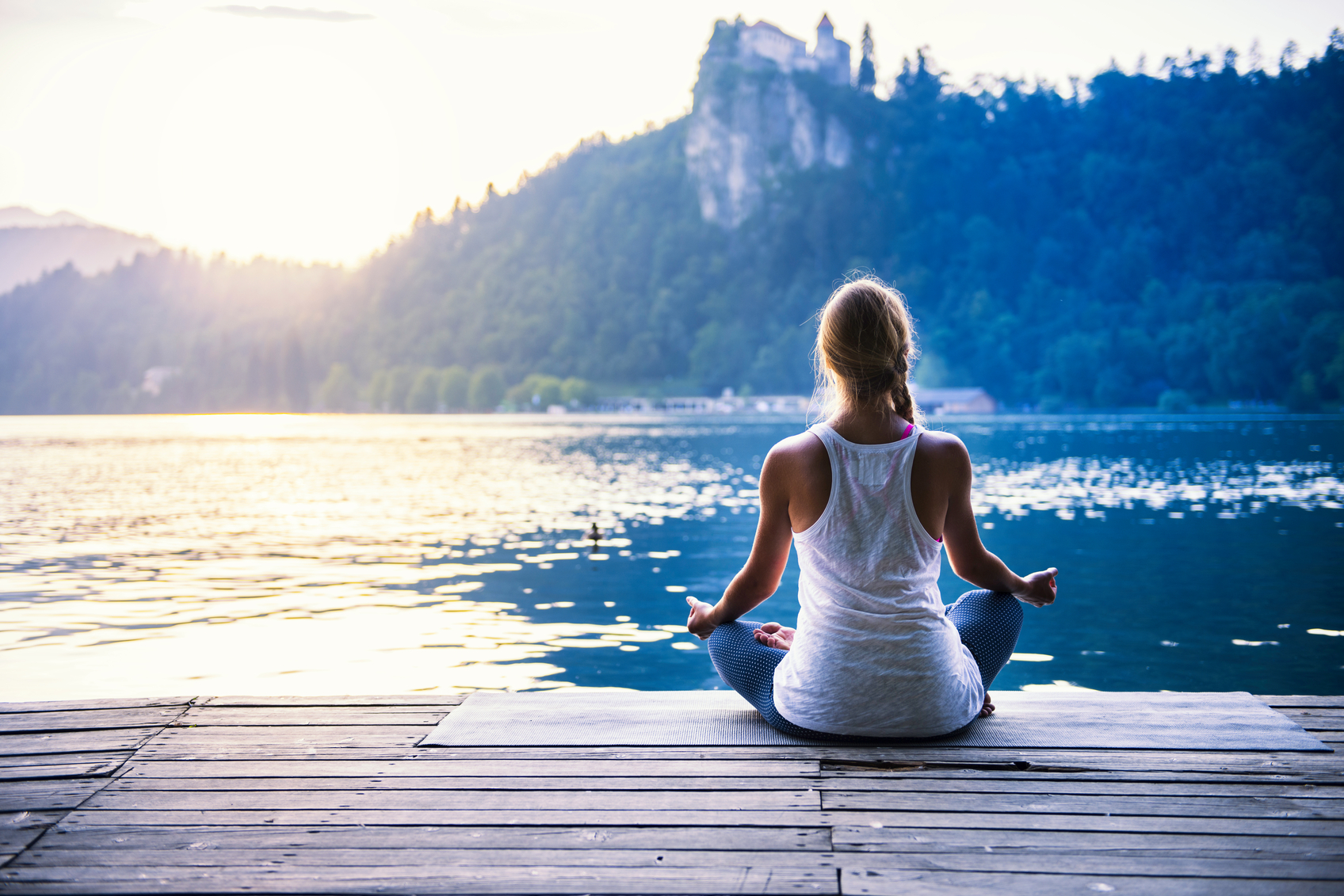Yoga originated in India over 3,000 years ago as an ancient practice of exercise and meditation. Much of the posing in the original yoga was meant to ready the mind and body for meditation and to keep an empty mind with the use of the asana (poses).
Because of Yoga’s focus on a healthy mind as well as a healthy and fit body, several different types of yoga have been bought up to date for modern uses. Ashtanga and Vinyasa yoga, for example, have undergone their own transition into a popular athletic regime, something that when practiced can exercise the body completely as well as completely relax the mind.
Yoga For Beginners | Everything You Need To Know
Iyengar and Restorative yoga are slow paced and revolve around the use of props such as belts and blocks, making them excellent for those recovering from injury. The more spiritual types of yoga are the closest to the original ancient yoga, and are perhaps more of a life practice, as lots of elements their practice are outside of the studio.
There are some lighter spiritual practices of yoga, such as Kundalini yoga, that can help you find your centers of energy and restore and harness this energy, without having to chant in Sanskrit.
Athletic Yoga










